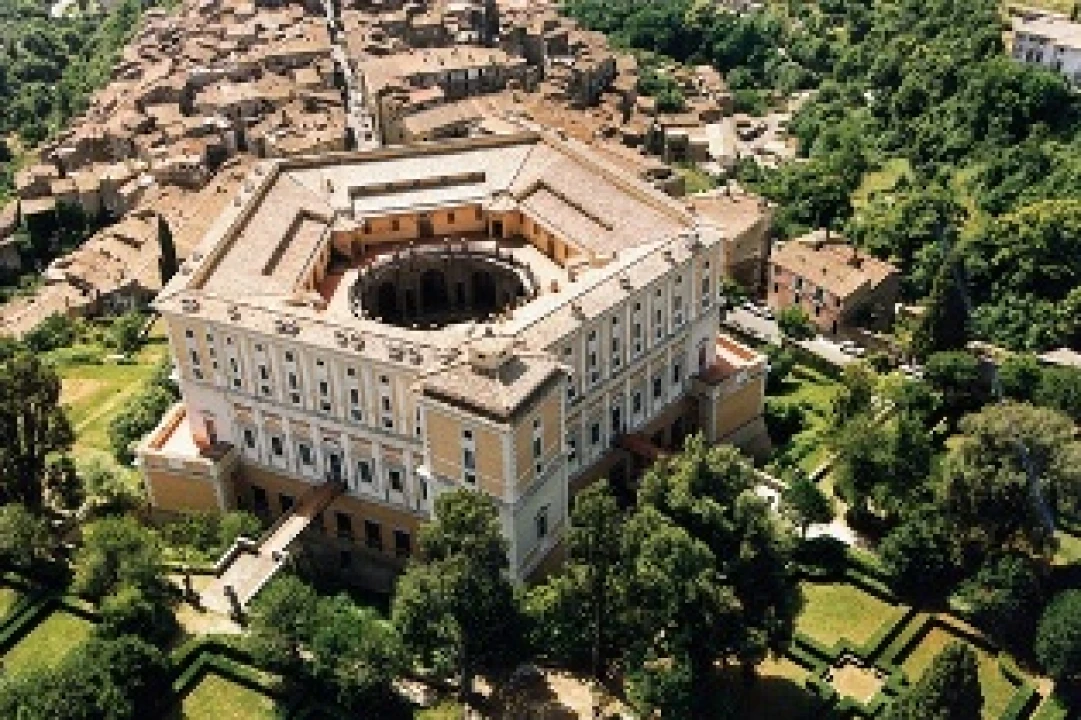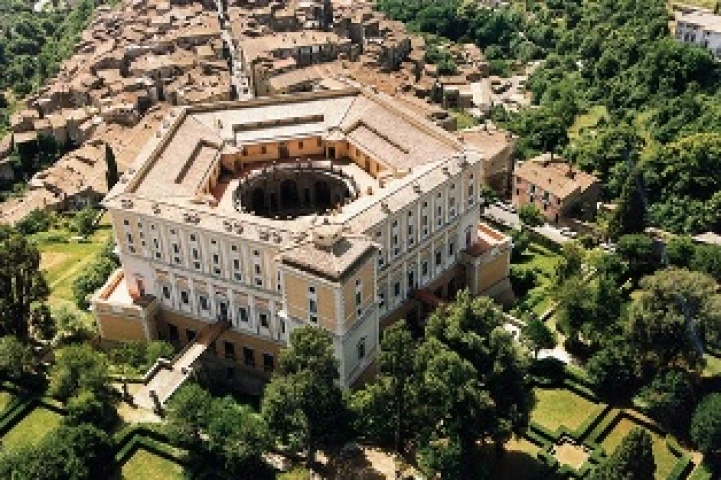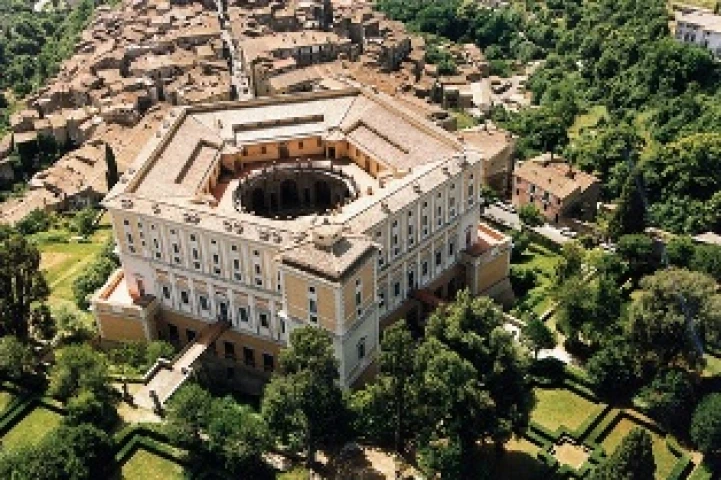WTI Magazine #8 2013 Dec, 6
Author : Enrico De Iulis Translation by: Alessandra Bitetti
In Caprarola, a small town in the northern part of Lazio, in the heart of Italy, there is one of the five most interesting palace of Italy. It's the Farnese Palace. The Farnese were a prominent family in the history of the Renaissance thanks to the two brothers Julia and Alessandro, sons of Sir. Farnese and Madame Caetani, which was a direct descendant of Pope Bonifacio VIII, so one of the oldest Roman families.
Their power increased at the end of the fifteenth century, when Julia became the favorite of the Pope Alexander VI Borgia and Alexander was made Cardinal, and began a career that took him to the papal throne in 1534 under the name of Paul III. Being in the Vtican for more than forty years, Alessandro Farnese experienced, appreciated and saw the work of the greatest artists of that time, for at least three generations.
With the building of the Farnese Palace in Rome, the Farnese Gardens on the slopes of the Palatine Hill, the many restoration works in the churches and residences in the Lazio region, the family had already given evidence of great refinement, cultural preparation and attention to the various fashion proposals of those time, by showing the work of Michelangelo, Raphael and Bramante in the papal Rome, but especially by leaving a legacy made by a changing in the style, the one that is known as Mannerism.
The Farnese Palace in Caprarola, is one of the finest examples of Mannerist architecture and decoration. It was build as an outpost of the fortification of the Farnese feuds from a project of Antonio da Sangallo; the use of the building changed radically with Vignola, the architect who took his place when Sangallo died, in 1546.
It's a pentagonal shaped building with a circular central courtyard; the facade stands out on a square from where you can see the city, while the back opens to the gardens that are meticulously well-finished in the architecture. Inside, the decoration was entrusted to the best Roman mannerist representatives of those times, all Raphael pupils, but also conscious of the study of Michelangelo. The brothers Taddeo and Federico Zuccari and Vignola himself had a role in the decoration of the wonderful royal staircase which rotates on thirty marble columns.
The whole theme of the frescoes in the interior, especially those on the main floor, winds through the subjects in the myth of Zeus and Hercules, particularly beloved to the Farnese family: it is also represented in the beautiful palace located behind Campo de ' Fiori in Rome, in Rome, where it was created by Carracci.
One of the most interesting and fascinating room is the one with the globe. In this room, the walls show the maps of the continent known at those times, while on the ceiling there is one of the most beautiful and famous astral representations of the Renaissance. On a blue background, crowding constellations are depicted as the myth in the Greek and Latin classics, in a truly amazing yield of color and movement.
The Farnese Palace in Caprarola is a very unique place: it's not a coincidence that Luigi Einaudi, the second President of the Italian Republic, chose it as his summer residence throughout his mandate.





